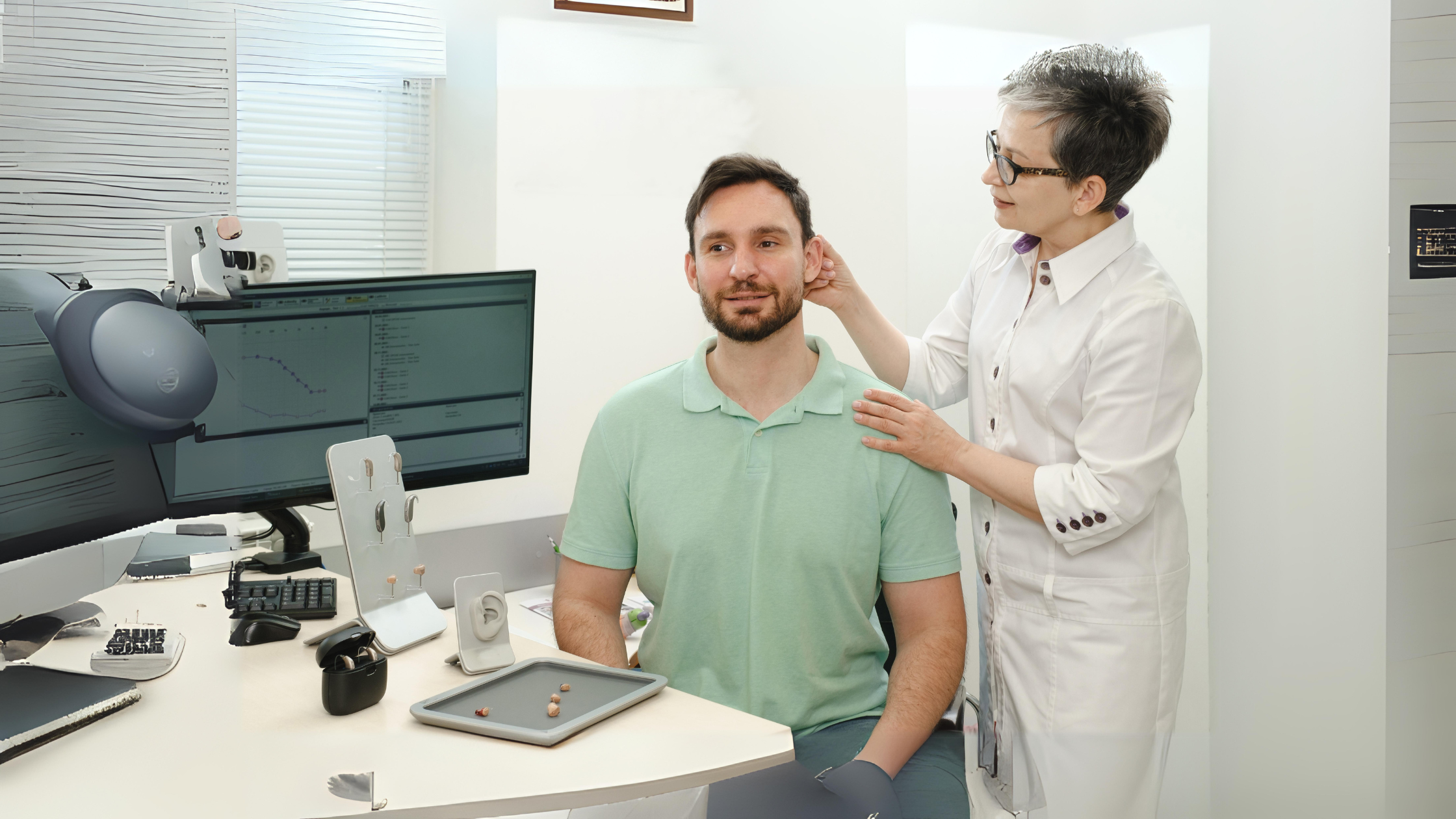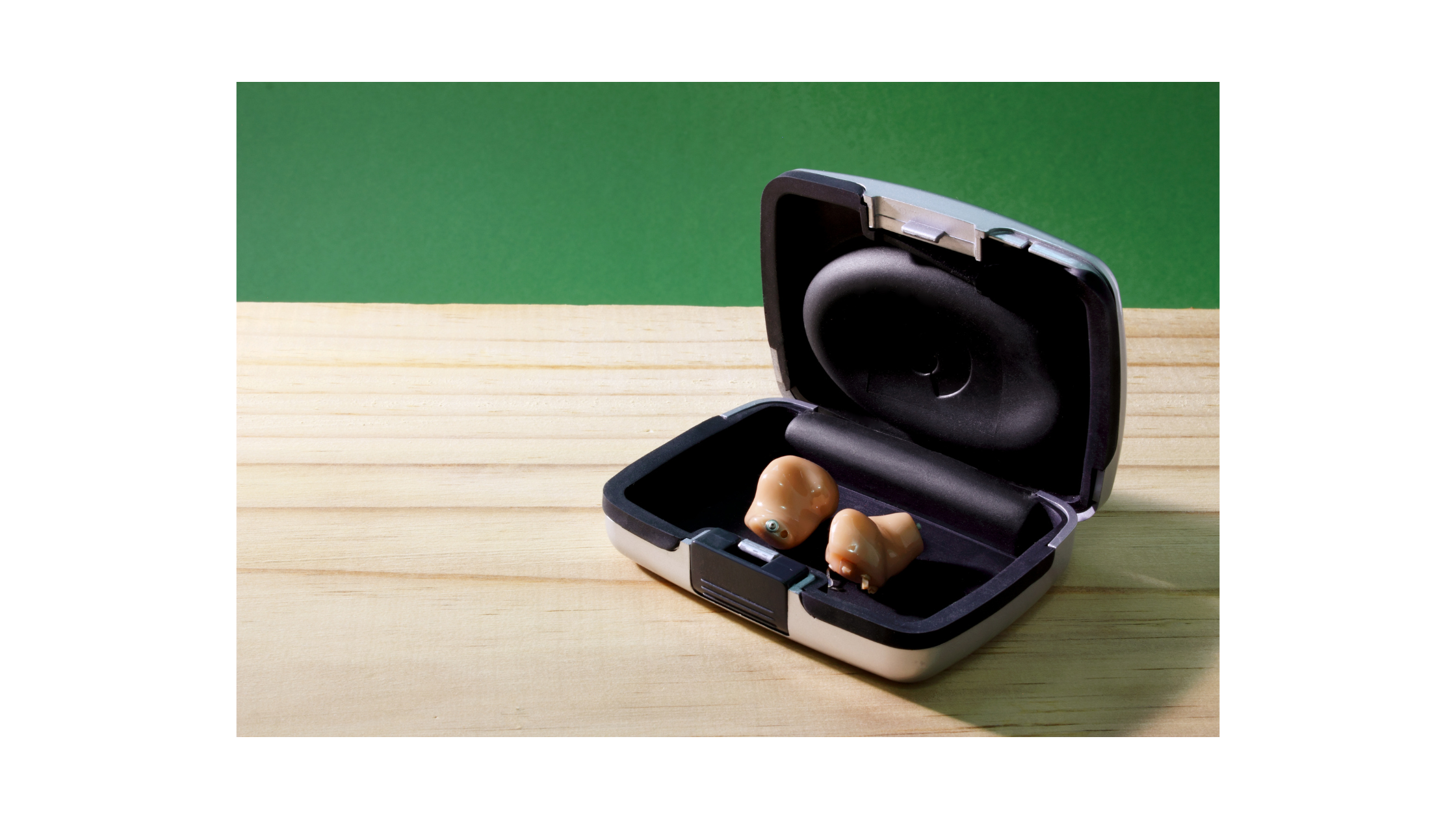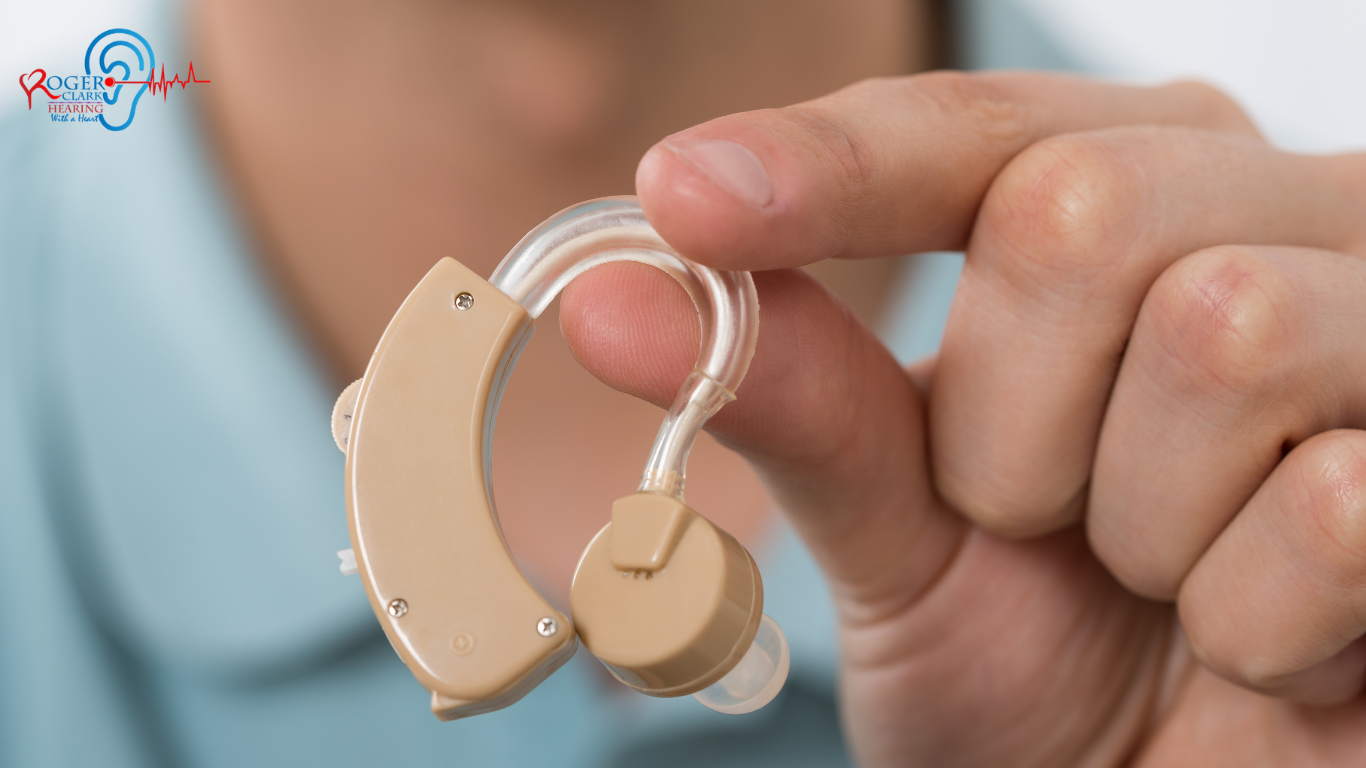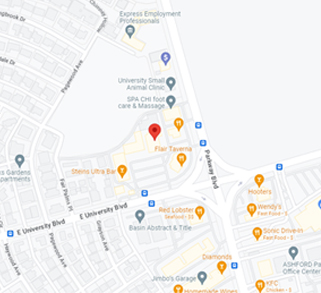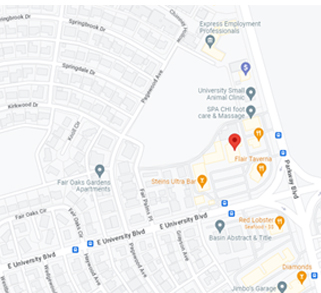Hearing aids can significantly improve quality of life for people with hearing loss—helping them stay connected in conversations, perform better at work, and participate more fully in social activities. But for many people, the cost of hearing aids in Waco can be a major barrier. With prices ranging from $1,000 to $6,000 per device, it’s no wonder so many people hesitate to seek treatment.
On top of the devices themselves, you also have to consider costs for fittings, adjustments, and follow-up care. And while some insurance plans offer assistance, coverage is often partial or confusing at best.
Let’s break down what you need to know about hearing aid costs, insurance coverage, and how Roger Clark Hearing Services helps patients in Waco get the care they need—often at a lower out-of-pocket cost than what others pay with full insurance benefits elsewhere.
How Much Do Hearing Aids Cost?
The cost of hearing aids depends on several factors, including the type and level of technology, the provider, and the included services. Here’s a general breakdown:
| Aspect | Cost/Benefit |
| Average Cost Per Device | $1,000 – $6,000 |
| Insurance Coverage Range | $1,000 – $3,000 (varies by policy) |
| Out-of-Pocket Costs | Balance after insurance |
| Frequency of Coverage | Usually every 3–5 years |
These prices reflect more than just the device—they often include hearing evaluations, custom fittings, and follow-up appointments. But even with those services bundled in, the price tag can be intimidating.
Does Insurance Cover Hearing Aids?
The short answer: sometimes.
Insurance coverage for hearing aids varies widely depending on the provider, the plan, and the state. Some policies treat hearing aids as elective devices, while others recognize them as medically necessary.
There are a few key insurance categories to be aware of:
1. Private Insurance Plans
Some private insurers offer partial coverage for hearing aids. Here’s a look at how a few of the most common providers in Waco compare:
| Insurer | Hearing Aid Benefit | Annual Limit | Typical Copay |
| Aetna | Yes | $1,500/year | $25/visit |
| Blue Cross Blue Shield | Yes | $3,000 every 3 years | $20/device |
| Humana | Yes | $1,200/year | $30/visit |
| UnitedHealthcare | Yes | $2,000/year | $15/visit |
Understanding the details of your policy—including benefit caps, copays, and renewal timelines—can help you get the most out of your coverage.
2. Medicare and Medicare Advantage
Original Medicare (Parts A and B) does not cover hearing aids. It may pay for diagnostic hearing exams, especially if your doctor suspects a medical condition causing hearing loss, or if cochlear implants are needed.
However, Medicare Advantage (Part C) plans often offer more robust hearing benefits. These may include:
- Partial or full coverage for hearing aids
- Discounts on devices
- Annual hearing exams
- Reduced copays for hearing services
If you’re enrolled in Medicare Advantage, check your specific plan benefits—or reach out to Roger Clark Hearing Services for help reviewing your coverage.
3. Medicaid in Texas
Medicaid coverage for hearing aids in Texas is available through certain waiver programs and varies depending on your eligibility.
Programs like STAR+PLUS may offer:
- $1,000–$1,500 coverage per device
- Routine coverage for hearing exams and fittings
- Coverage renewals every few years
To qualify, you’ll need to apply through the Texas Health and Human Services office and provide documentation including:
- Proof of income and residency
- A doctor’s recommendation
- Evidence of medical necessity
How Hearing Aid Coverage Works: Key Terms Explained
Navigating insurance language can be confusing, but understanding a few basic terms can make it easier:
- Premium: The monthly amount you pay for your insurance plan. Higher premiums often come with more comprehensive coverage.
- Deductible: The amount you must pay out-of-pocket before your insurance starts covering costs.
- Copay: A fixed amount you pay for a specific service—like $25 for a hearing test or $30 for a fitting.
- Benefit Cap: The maximum amount your insurance will pay—often something like $1,500 per hearing aid every 3 years.
- Pre-Authorization: Some plans require approval before they will pay for hearing aids, which may involve submitting a doctor’s referral and hearing test results.
How Roger Clark Hearing Services Makes It Easier
At Roger Clark Hearing with Heart, the focus is on removing as many financial and logistical barriers as possible. Here’s how:
- We accept all insurances – no need to guess if your plan is accepted.
- We submit reimbursement claims for you, saving you time and hassle.
- Even without insurance reimbursement, Roger Clark often provides top-tier hearing aids at prices lower than what others pay out-of-pocket—even with full insurance coverage elsewhere.
That’s because Roger believes in making hearing care accessible, transparent, and fair.
Tips for Getting the Most from Your Insurance
Want to make sure you’re maximizing your benefits? Here are some insider tips:
- Bundle devices under a family plan
If multiple people in your family need hearing aids, check if your insurance allows bundling under one plan for better rates. - Schedule fittings early in the year
Many plans reset benefits annually. Booking early ensures you make full use of your coverage. - Keep all receipts and documentation
Insurers may require detailed paperwork. Save all receipts, invoices, and medical notes related to your hearing aid purchase and fittings. - Understand your specific plan
Don’t assume something is covered—read the fine print or ask a specialist like Roger Clark to help interpret your benefits. - Ask about discounts
Some plans offer exclusive deals with certain hearing aid manufacturers or providers. Employers or local organizations may also have programs that help reduce costs. - Work with an experienced provider
Roger Clark has years of experience helping patients navigate insurance and find affordable, high-quality solutions. His team is skilled in filing claims, finding options that match your budget, and guiding you every step of the way.
Schedule Your Free Hearing Test in Waco
Hearing health shouldn’t be a luxury—it’s a necessity. At Roger Clark Hearing Centers, we’re here to help you get the hearing aids you need without the stress and confusion that often comes with insurance claims and pricing.
✅ We accept all major insurance plans
✅ We’ll submit your reimbursement paperwork
✅ We’ll help you understand your benefits and options
✅ And we’ll provide premium hearing aids at honest, affordable prices
Whether you’re exploring your options or ready to get fitted, call us today to schedule your free hearing test and consultation.
Frequently Asked Questions
Does Medicare cover hearing aids?
Original Medicare does not, but many Medicare Advantage plans do.
How can I find out if my insurance covers hearing aids?
Check your policy or contact your insurance provider. Or, call Roger Clark Hearing Centers and we’ll help you verify your benefits.
What’s the average out-of-pocket cost for hearing aids?
It varies by policy, but many patients still pay anywhere from a few hundred to several thousand dollars after insurance. Roger Clark works to keep those costs as low as possible.







